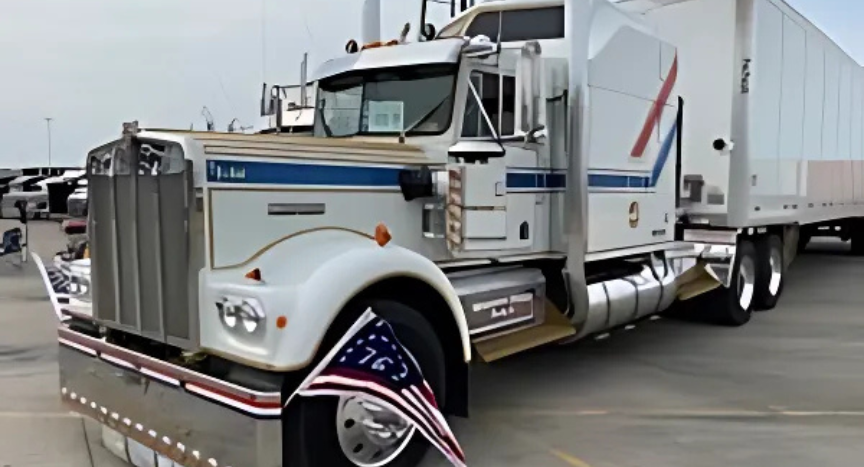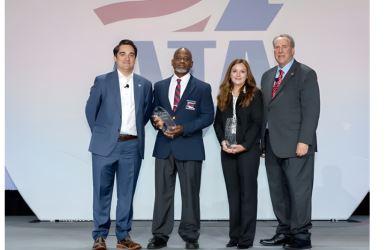Kenworth’s W900 has been one of the most legendary truck models, representing a major milestone in North American trucking history. First introduced in 1961, the W900 has been in production for over six decades, making it the longest-running semi-truck model in history.
Kenworth confirmed the news, acknowledging that discontinuing these iconic models was a tough decision but necessary due to changing industry standards. Kevin Haygood, Kenworth’s assistant general manager for sales and marketing, expressed, “We know these legacy Kenworth models are an integral part of our history here at Kenworth, which makes this decision a difficult but necessary one as we enter the next era of trucking.” Haygood also shared that Kenworth will issue a final call for build orders later in the year, urging dealers and customers to submit orders as soon as possible.
Haywood said the W900 has been “truly historic in that it’s helped shape North American trucking culture and tradition as we know it today… We look forward to seeing them on our roads and at truck shows for many years to come.”
Original Story Follows:
Kenworth will phase out the W900L, W900B, T800W, and C500 models due to stricter emissions regulations and other factors. A source recently confirmed that the company is expected to officially announce the discontinuation soon, with details likely to be released around the Mid-America Trucking Show.
The W900’s discontinuation has been anticipated for some time. Kenworth debuted the model in 1961, and it has since become a staple in the trucking industry, particularly among owner-operators. However, tightening emissions standards are pushing Kenworth to discontinue these models.
Chuck Peterman, Vice President of Sales at the Inland Kenworth dealer network, addressed the future of the W900 and manual transmissions in a video released in late January. Peterman explained, “The W900 has been Kenworth’s flagship model for decades… In recent years, the W900 has seen a precipitous drop in build volumes as many small operators who preferred the truck unfortunately have left the industry. Fleets have demanded more aerodynamic offerings, and the government has made it increasingly difficult for Kenworth to meet their regulatory mandates.”
Despite the looming end of the W900 production, Peterman noted that current W900 models could see an increase in value. He stated that this change “makes current trucks even more valuable from an image, pride, and resale standpoint.” He assured customers that Inland Kenworth would continue to meet W900 demand for the time being but emphasized that this would change in the future.
Peterman also discussed the fate of manual transmissions in future Kenworth models. He stated that every truck produced by Kenworth has a greenhouse gas score, which improves with more aerodynamic models like the T680. He assured customers that manual transmission components would be available as long as possible despite the company’s focus on meeting stricter emission and efficiency standards.
As Kenworth prepares for the next chapter, the W900’s place in trucking history remains undeniable, and its eventual farewell marks the end of an era for many drivers.
Source: Overdrive
Image Source: Matt Cole











